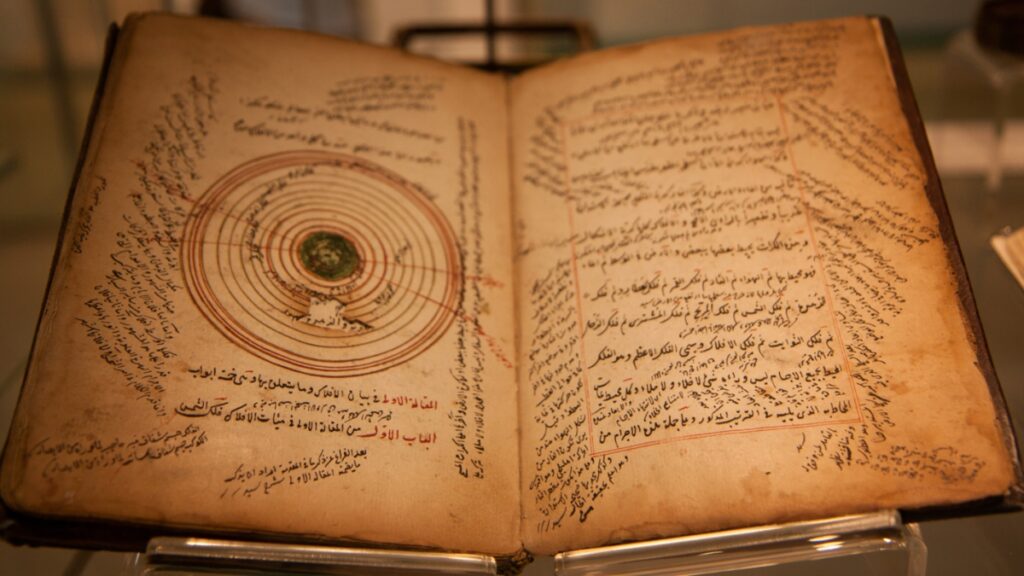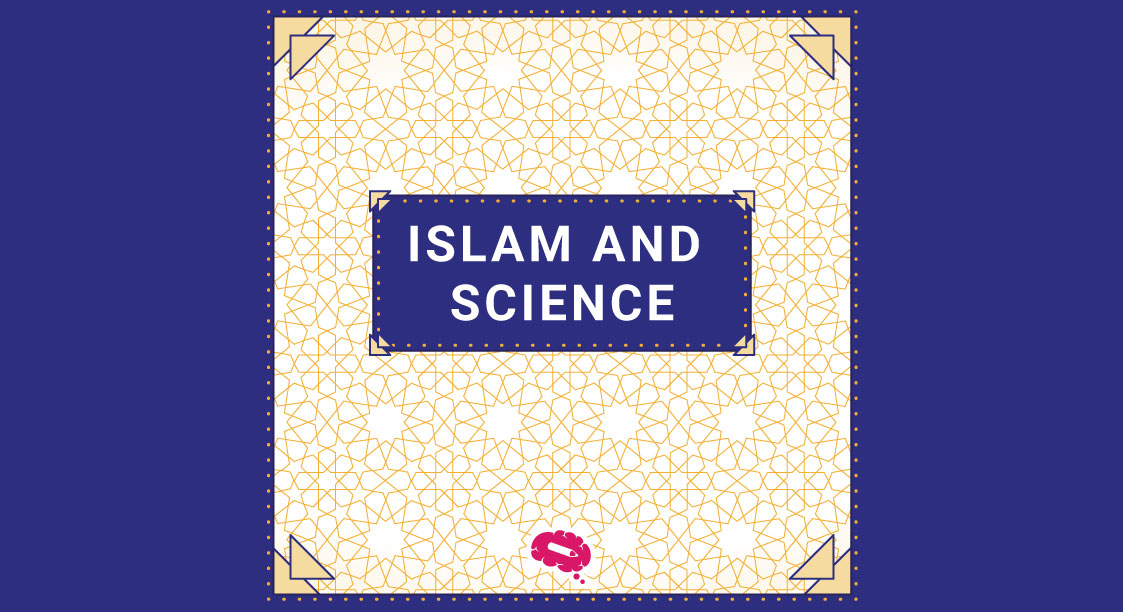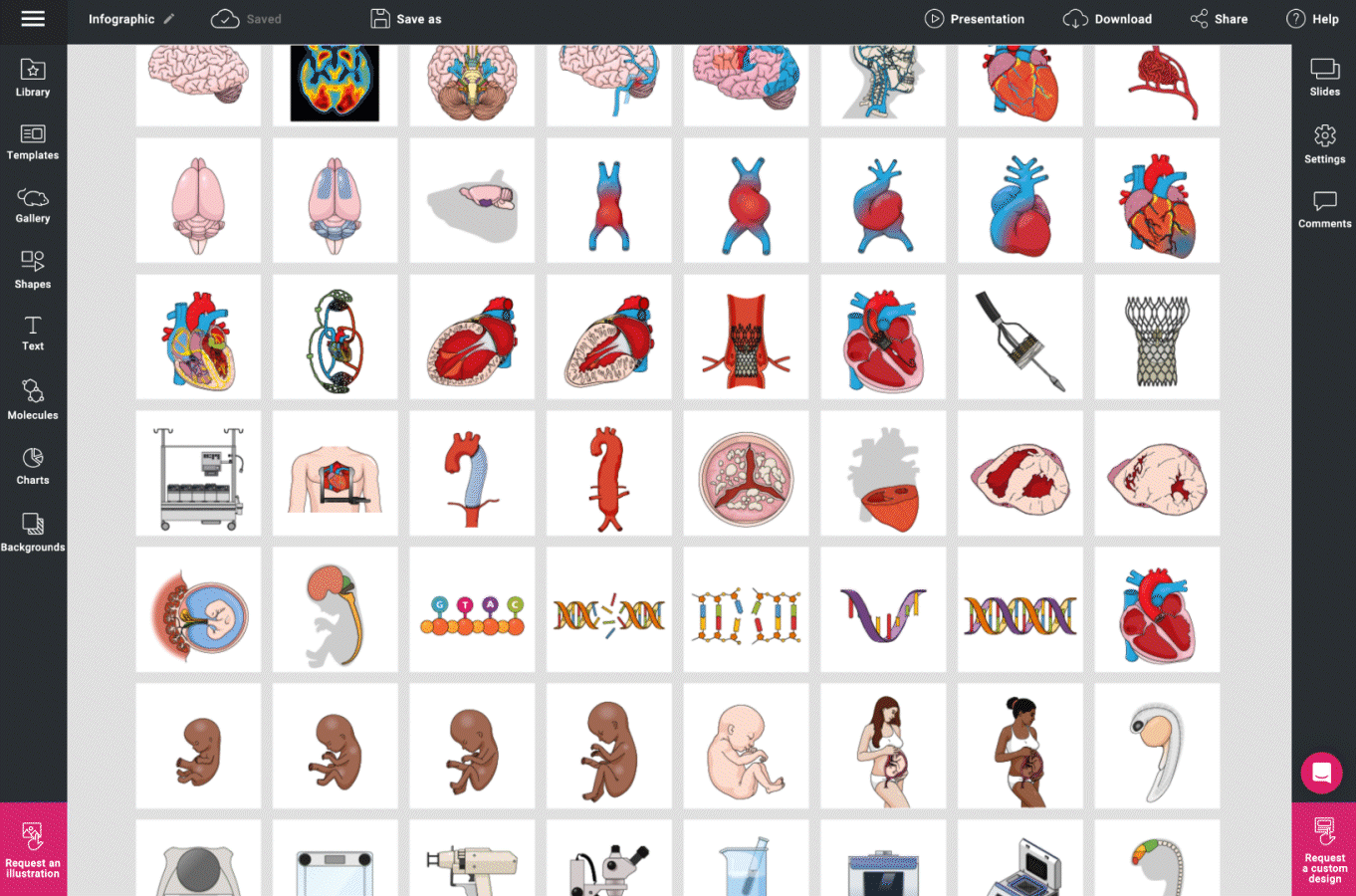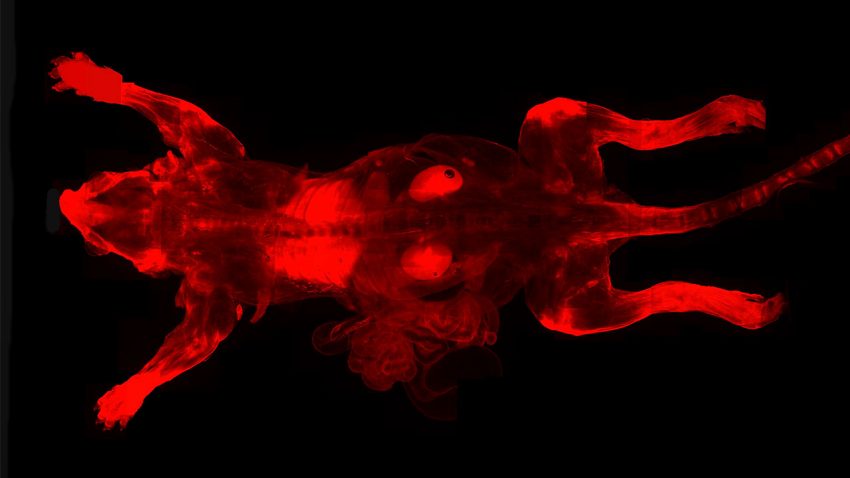For centuries, Islam and science have been closely linked. Islam has a rich history of scientific achievement and continues to make important contributions to science and technology. Muslim scientists and scholars are active in various fields of research and development, and Islamic institutions play a significant role in promoting scientific advancement.
The history of science in the Muslim world
Islam was founded by the Prophet Muhammad, who taught a worldview based on the belief in one God and individual responsibility. The Islamic religion emphasizes the importance of the pursuit of knowledge and encourages its followers to study God’s works in all areas of life.
The connection between Islam and science began in the 8th century during the period known as the Islamic Golden Age, which lasted from the 8th to the 13th centuries. During this time, Islamic civilization flourished, producing many significant advances in science, mathematics, philosophy, medicine, geography, art, and other areas.
In addition to these individual achievements, Islamic civilization also created institutions that fostered scientific research and scholarship, such as the House of Wisdom in Baghdad, which was a center for translating and preserving scientific texts from ancient Greece, Persia, and India.
Islamic science continued to flourish for many centuries but declined from the 13th century onwards as the power and influence of Islamic empires decreased. However, the contributions of Muslim scholars to science and philosophy continue to be valued and studied to this day.
Notable figures in Islamic Science
Islamic science has a rich history, with many important names that have contributed significantly to many fields. Here are some of the most prominent names:
Al-Khwarizmi: The “father of algebra,” as he wrote a book called “Al-Jabr” which introduced the concept of algebra and the use of Arabic numerals. He was also a scholar of astronomy and geography.
Ibn al-Haytham: Is known for his work in optics and is often considered the father of modern optics. He wrote the book “Kitab al-Manazir” (The Book of Optics), which introduced the concept of the camera obscura and explained how the eye perceives light.
Al-Razi: Physician, philosopher, and alchemist who is often called the “father of pediatrics”. He wrote many medical texts, including “The Comprehensive Book on Medicine,” and made significant contributions to the fields of chemistry and alchemy.
Ibn Sina (Avicenna): Physician and philosopher who wrote the book “The Canon of Medicine”, which became a standard medical text in Europe for centuries. He also made significant contributions to the fields of astronomy, philosophy, and mathematics.
Al-Farabi: Was a philosopher and musician who wrote on a wide range of topics, including metaphysics, ethics, and political philosophy. He also wrote a book on music theory called “Kitab al-Musiqi al-Kabir”.
Al-Kindi: Philosopher, mathematician, and scientist who wrote on a wide range of topics, including logic, metaphysics, and astronomy. He also made significant contributions to the field of cryptography.
Ibn Rushd (Averroes): He was a philosopher and physician who wrote commentaries on the works of Aristotle and made significant contributions to the fields of logic and metaphysics.
These are just a few of the many important names in Islamic science, and their contributions continue to have an impact on our understanding of the world today.
Science and the Quran

What is The Quran?
The Quran is the holy scripture of Islam, which is the religious faith of over 1.8 billion people around the world. Muslims believe that the Quran is the literal word of God as revealed to the Prophet Muhammad over 23 years.
It is composed of 114 chapters, or surahs, which are written in Arabic and contain a total of approximately 6,236 verses. The chapters are organized in order of length, from the longest to the shortest. The first chapter, known as Al-Faatihah or “The Opening,” is recited in daily prayers.
It provides guidance on a wide range of topics, including faith, morality, law, history, and stories of earlier prophets and civilizations. It is also considered a source of inspiration and guidance for Muslims in all aspects of their daily lives.
What is the significance of the Quran for Islam and science?
When it comes to Islam and science, it has been a topic of discussion and debate for many years. Some people believe that the Quran contains scientific knowledge that was ahead of its time, while others argue that scientific discoveries were made independently of the Quran.
There are certain verses in the Quran that are often cited as evidence of scientific knowledge. For example, the Quran refers to the process of embryonic development and the stages of human fetal growth, which modern embryology has confirmed. Similarly, the Quran mentions the expanding universe, which is a concept that was only discovered by scientists in the 20th century.
However, there are also some verses in the Quran that seem to contradict modern scientific understanding. For example, the Quran describes the sun as “setting” in a specific location, which is not in line with the modern understanding of the sun as a stationary star around which the Earth orbits.
It is important to note that the Quran is not a scientific text, but rather a religious text that provides guidance and moral teachings. While some scientific knowledge may be found in the Quran, it is not intended to be a comprehensive guide to scientific discovery. Instead, it is up to individuals to use their critical thinking and scientific methods to explore the natural world and make new discoveries.
The world’s largest scientifically-accurate illustrations gallery
Mind the Graph is an online platform that offers a suite of tools to help scientists and researchers create high-quality graphical abstracts, scientific posters, and infographics. The platform provides an extensive library of scientific illustrations and templates, as well as tools for customizing them and adding new elements such as text, graphs, and data.

Subscribe to our newsletter
Exclusive high quality content about effective visual
communication in science.





